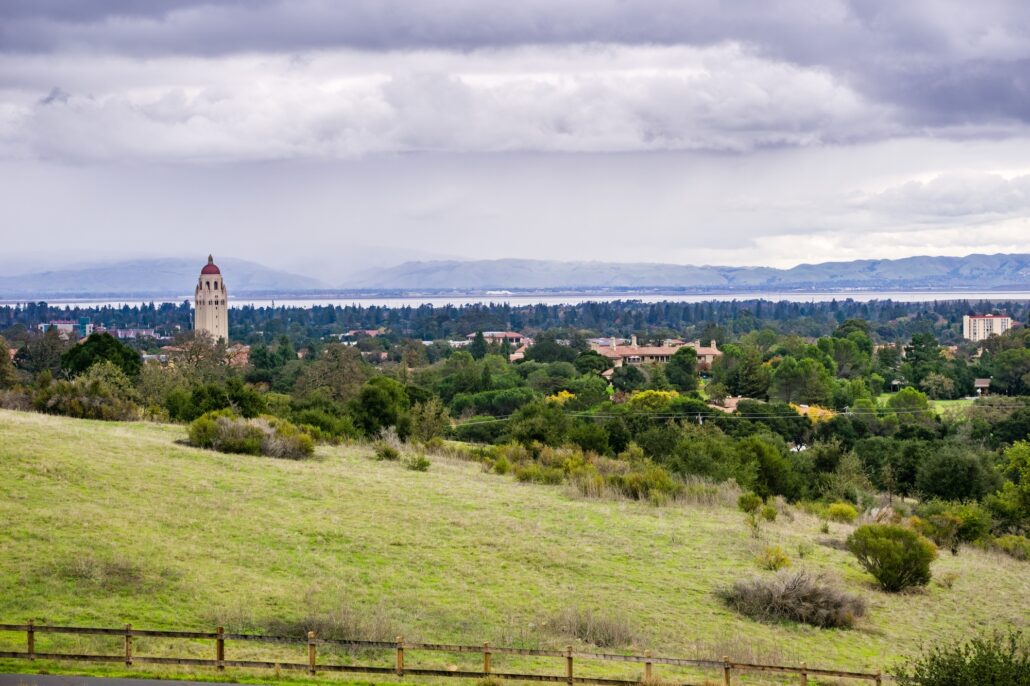Palo Alto
- Home
- Service Areas
- Palo Alto
Historically, Palo Alto was covered in open habitats, devoid of trees save for a few scattered oaks, dotting the region.
Palo Alto’s history has been intertwined with trees for more than a century – the city even draws its name from a 1000-year-old coastal redwood (Sequoia sempervirens) that overlooks the town. Nevertheless, the quality of its urban forest has appreciably improved over the last three decades or so.


In 1996, Palo Alto adopted a robust tree ordinance.
City Trees
In Palo Alto, trees that are situated on public property or the public right-of-way are considered property of the city. As such, the burden of care falls on the city and residents seeking to remove such trees must obtain city permission to do so. Residents seeking to take such actions should direct their requests to the City of Palo Alto Public Works Department.
Protected Trees
The city of Palo Alto affords three different tree species – all Californian natives – protected status. Valley oaks (Quercus lobata) and coast live oaks (Quercus agrifolia) become protected once their trunks reach 11.5 inches in diameter at 54 inches above grade (often called diameter at breast height, or d.b.h.), while coastal redwoods (Sequoia sempervirens) become protected once they reach 18 inches d.b.h. However, residents can remove these species before they reach protected size, when they grow on their own private property.
Heritage Trees
Residents may nominate private trees with unusual characteristics, such as advanced age, impressive size or historical significance, for heritage status. Upon approval by the city council, these trees become protected in accordance with the city’s tree ordinance. Currently, the city designates seven individual specimens as heritage trees.
Designated Trees
Designated trees are those that were present (or planted) at the time the development’s landscape plan was approved. Permits are required to remove such trees, and, often, replacement trees must be planted in their place.
Trees Impacting Utility Lines
Trees that may interfere with local utility lines (whether aboveground or belowground) are under the supervision of the Public Works department. Accordingly, the city is involved with the maintenance of these trees, whether they grow on public or private property. The city operates a “Right Tree, Right Place” program, which offers to remove trees that interfere with utility lines and replace them at no charge to the property owner.
Although they represent a net positive for Palo Alto, the presence of a vibrant urban forest can lead to problems. All too often, these conflicts pit residents against one another, leading to expensive legal battles and strained relationships.
Whether you need expert witness testimony, tree appraisal, forensic investigation or help sorting through eminent domain issues, we are here to help. With over 40 years of industry experience, we have what it takes to help Palo Alto businesses and residents resolve their tree-related problems.

Tree Roots

Tree Appraisals

Property Damage
Personal Injury

Expert Witness

Wildfires

View Obstruction

